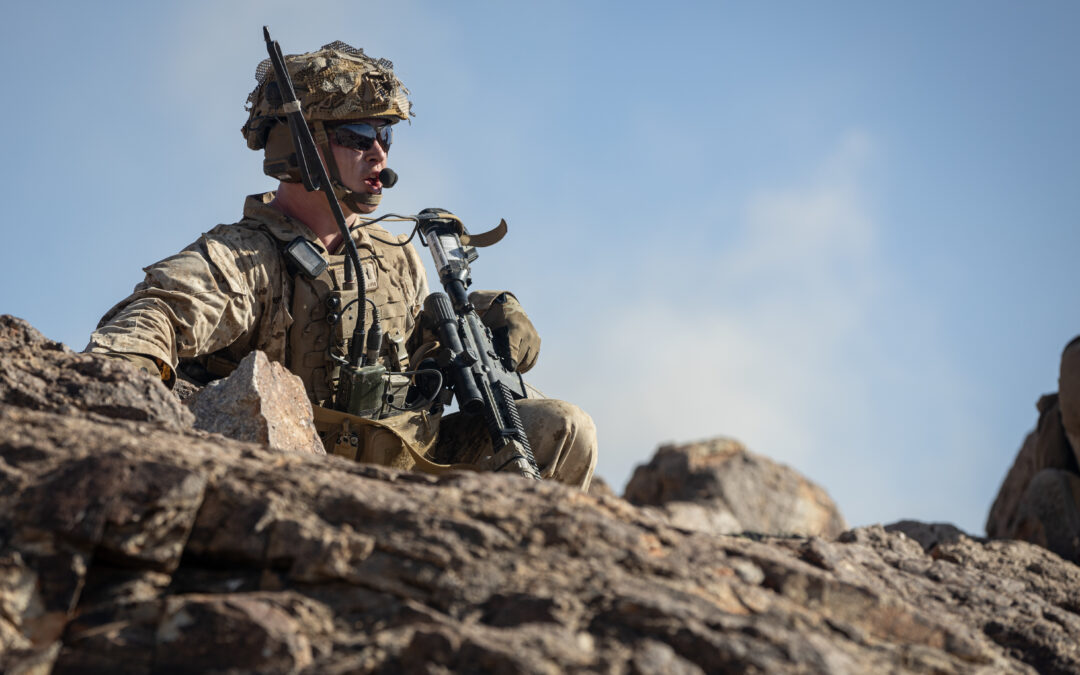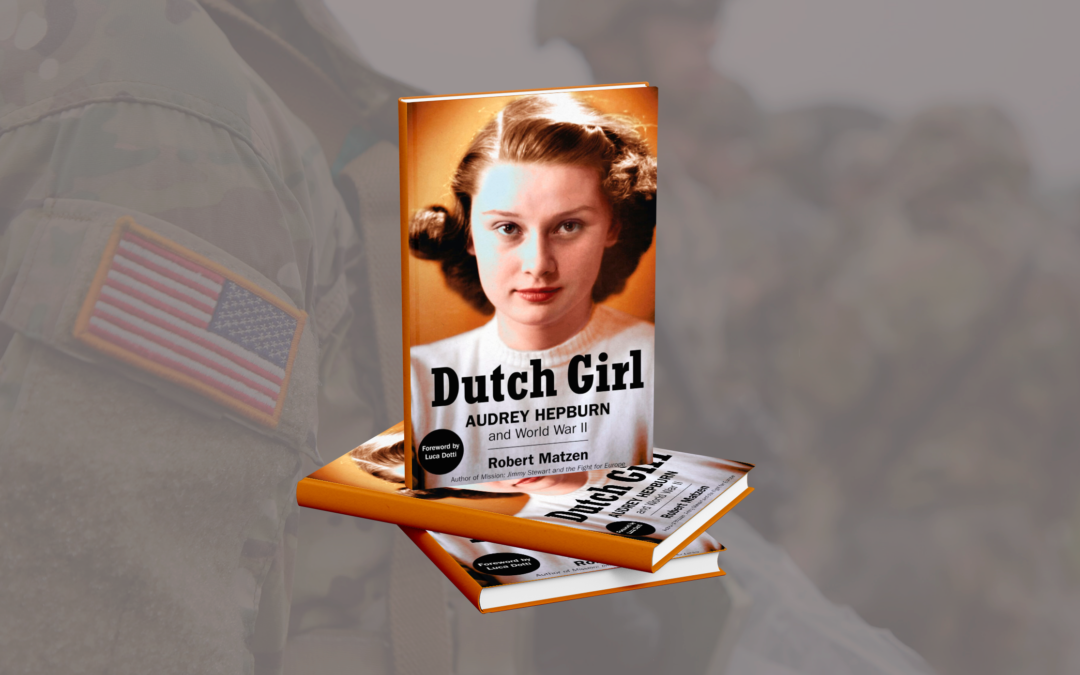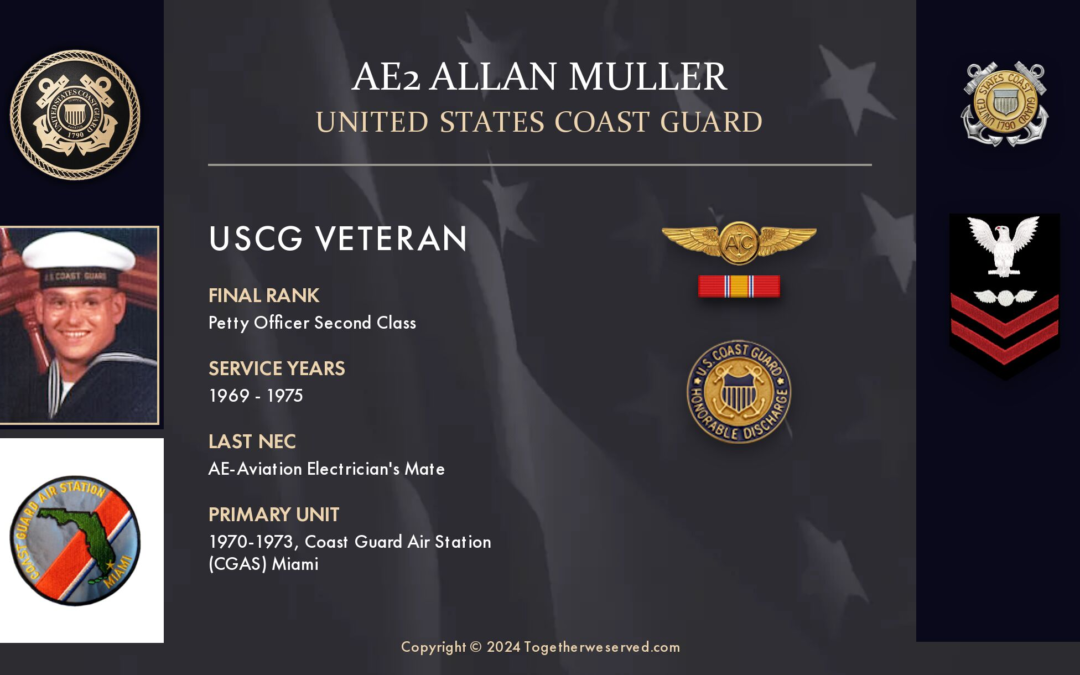PRESERVING A MILITARY LEGACY FOR FUTURE GENERATIONS The following Reflections represents AT2 Larry French's legacy of his military service from 1966 to 1970. If you are a Veteran, consider preserving a record of your own military service, including your memories and photographs, on Togetherweserved.com (TWS), the leading archive of living military history. The following Service Reflections is an easy-to-complete self-interview, located on your TWS Military Service Page, which enables you to remember key people and events from your military service and the impact they made on your life. Start recording your own Military Memories HERE. Please describe who or what influenced your decision to join the Coast Guard. After being stationed on the Conifer Being the class clown in high school didn't adequately prepare me to be gainfully employed in the real world. The Vietnam War was ongoing, and everyone our age was getting drafted. A lot of the kids in our class of 1966 just went ahead and...











